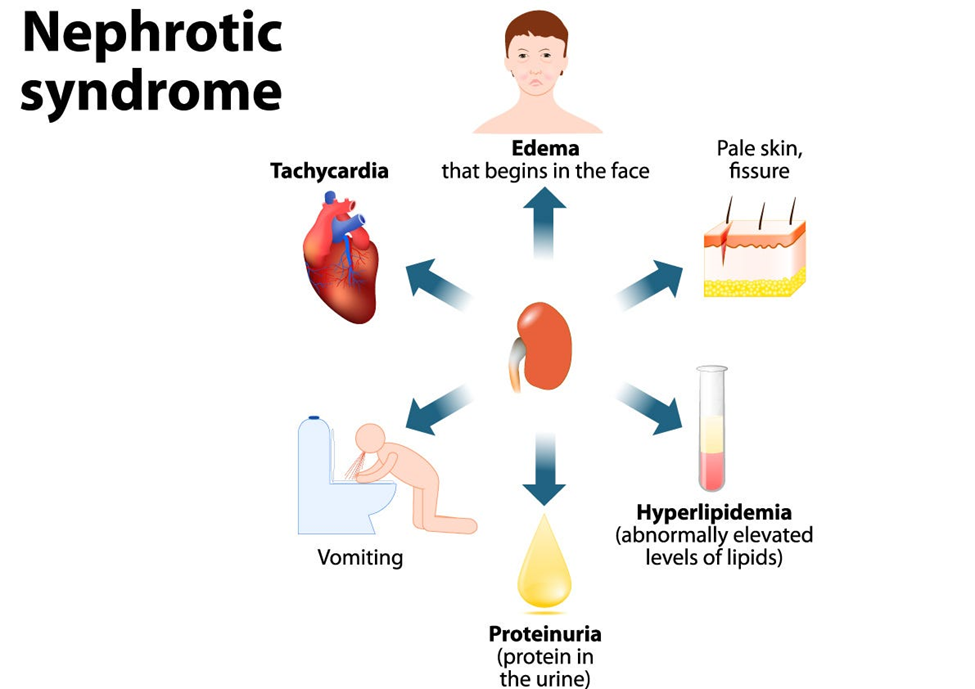A nurse is reinforcing teaching about lice with the parents of a school-age child at a well-child visit. Which of the following information should the nurse include?
"Lice do not survive away from the host."
"Washing your child's hair daily will prevent lice."
"Encourage your child to avoid sharing hats with other children."
"Lice can jump from one child to another."
The Correct Answer is C
A. "Lice do not survive away from the host."
- This statement is incorrect. Lice can survive away from the host (human scalp) for a limited period, usually up to 1-2 days. They may be found on items such as bedding, clothing, hats, or hair accessories. Therefore, proper cleaning and disinfection of these items are essential to prevent the spread of lice.
B. "Washing your child's hair daily will prevent lice."
- This statement is incorrect. While maintaining good hygiene is important, washing hair daily does not necessarily prevent lice infestation. Lice infestations occur through direct head-to-head contact with an infested person, not due to uncleanliness. Additionally, lice are more commonly found in clean hair rather than dirty hair.
C. "Encourage your child to avoid sharing hats with other children."
- This statement is correct. Sharing personal items such as hats, scarves, brushes, or hair accessories can facilitate the spread of lice from one person to another. Therefore, it's important to advise children not to share these items to reduce the risk of lice transmission.
D. "Lice can jump from one child to another."
- This statement is incorrect. Lice do not have the ability to jump or fly. They spread through direct contact with the hair or scalp of an infested person. However, they can crawl quickly from one person to another, especially when there is close contact, such as during play or when sharing personal items.
Nursing Test Bank
Naxlex Comprehensive Predictor Exams
Related Questions
Correct Answer is A
Explanation
A. Firmly attached white particles on the hair:
Firmly attached white particles on the hair are characteristic of nits, which are the eggs of lice. While this finding supports the diagnosis of pediculosis capitis, it is not a definitive indication on its own.
B. Itching and scratching of the head:
Itching and scratching of the head are common symptoms of pediculosis capitis. However, they are also common symptoms of various other scalp conditions, so they are not definitive indications.
C. Thick, yellow-crusted lesions on a red base:
This description is more characteristic of impetigo, a bacterial skin infection, rather than pediculosis capitis. Impetigo typically presents with yellow-crusted lesions on a red base, but it does not involve lice infestation.
D. Patchy areas of hair loss:
Patchy areas of hair loss are not typically associated with pediculosis capitis. This finding is more suggestive of conditions like alopecia areata or fungal infections.
Correct Answer is C
Explanation
A. Orange-tinged urine
- This manifestation is not typically associated with nephrotic syndrome. Orange-tinged urine may indicate other conditions such as dehydration, liver disease, or the presence of certain medications or foods.
B. Hypertension
- Hypertension is not a common manifestation of nephrotic syndrome. However, it can occur in some cases due to the retention of sodium and water, which can lead to fluid overload and increased blood pressure.
C. Periorbital edema
- This is a classic manifestation of nephrotic syndrome. Periorbital edema, or swelling around the eyes, is often one of the initial signs observed in children with nephrotic syndrome due to the loss of protein in the urine, leading to fluid accumulation in the tissues.
D. Polyuria
- Polyuria, or increased urine output, is not typically associated with nephrotic syndrome. Instead, children with nephrotic syndrome may experience oliguria or normal urine output, depending on the severity of renal involvement and fluid balance.

Whether you are a student looking to ace your exams or a practicing nurse seeking to enhance your expertise , our nursing education contents will empower you with the confidence and competence to make a difference in the lives of patients and become a respected leader in the healthcare field.
Visit Naxlex, invest in your future and unlock endless possibilities with our unparalleled nursing education contents today
Report Wrong Answer on the Current Question
Do you disagree with the answer? If yes, what is your expected answer? Explain.
Kindly be descriptive with the issue you are facing.
